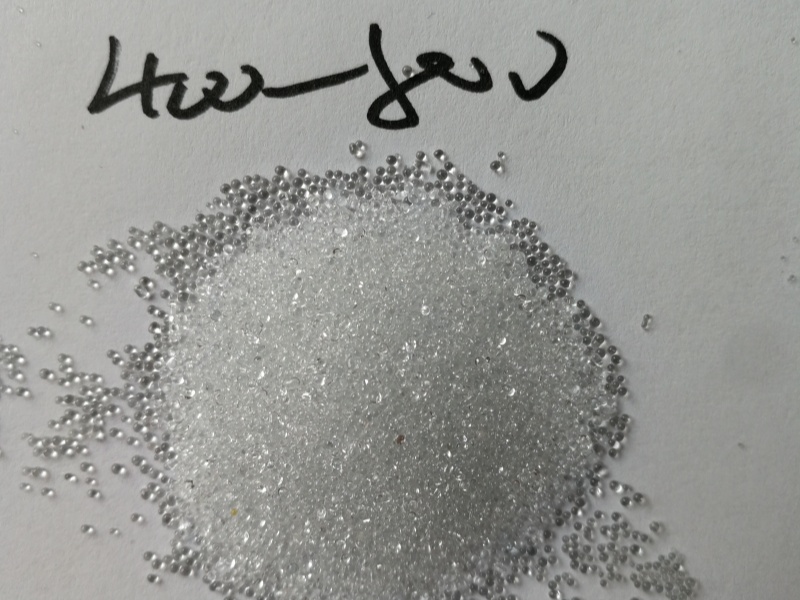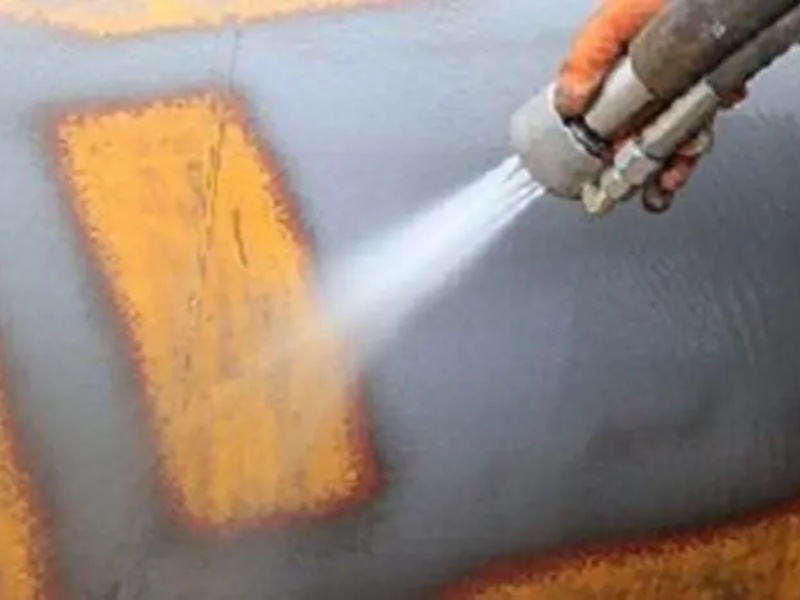Shot blasting with glass beads is a widely used technique for surface preparation, cleaning, and finishing. Understanding the science behind this process can help you achieve optimal results and make informed decisions about its application. Here’s what you need to know:
Composition: Glass beads are typically made from soda-lime glass, which is a type of glass composed mainly of silica (SiO2), sodium oxide (Na2O), and calcium oxide (CaO). This composition gives the beads their hardness and durability.
Shape and Size: Glass beads are spherical, which allows for even impact distribution and a uniform finish. They come in various sizes, typically ranging from 50 microns to several millimeters in diameter.
Kinetic Energy: When glass beads are propelled at high speeds towards a surface, they carry kinetic energy. Upon impact, this energy is transferred to the surface, causing micro-deformation and material removal.
Elastic Deformation: The spherical shape of glass beads allows for elastic deformation upon impact, meaning they can bounce off the surface without causing significant damage. This property makes them ideal for delicate surfaces.

Cleaning and Polishing: The impact of glass beads removes contaminants, oxides, and surface irregularities. The gentle nature of the beads ensures that the base material is not eroded, making it suitable for cleaning and polishing.
Surface Roughening: For applications requiring improved adhesion of coatings, glass beads can create a uniformly roughened surface. This enhances the mechanical bonding of paints, adhesives, and other coatings.
Compressive Stress: Shot blasting with glass beads can induce compressive stress on the surface of metal parts. This process, known as peening, helps to relieve tensile stress, which can lead to cracks and failures.
Fatigue Resistance: By reducing tensile stress and introducing compressive stress, glass bead peening enhances the fatigue resistance of the material, making it more durable under cyclic loading.
Minimal Dust Production: Glass beads produce minimal dust compared to other abrasive media, reducing the risk of respiratory issues and environmental contamination.
Reusability: High-quality glass beads can be reused multiple times, making them a cost-effective and environmentally friendly option for surface finishing.

Blasting Pressure: The pressure at which glass beads are propelled affects the impact energy and, consequently, the surface finish. Lower pressures are used for delicate surfaces, while higher pressures are suitable for more robust applications.
Nozzle Distance and Angle: The distance between the nozzle and the surface, as well as the angle of impact, play crucial roles in determining the uniformity and quality of the finish. Consistent distance and angle help achieve even coverage.
Blasting Cabinets and Rooms: For controlled environments, blasting cabinets and rooms are used. These setups help contain the media and dust, providing a safer and cleaner working environment.
Automated Systems: Advanced shot blasting systems can be automated for consistent and repeatable results. Automation also enhances efficiency and reduces labor costs.
Automotive: Used for cleaning engine parts, preparing surfaces for painting, and enhancing the fatigue resistance of components.
Aerospace: Essential for surface preparation, cleaning, and peening of critical components to ensure durability and performance.
Medical Devices: Used for cleaning and finishing medical implants and instruments, ensuring they meet stringent hygiene and quality standards.
Manufacturing: Applied in various manufacturing processes for cleaning, deburring, and surface preparation of parts and assemblies.
The science behind shot blasting with glass beads involves understanding the material properties, mechanics of impact, surface interactions, and process parameters. By leveraging these principles, you can achieve precise and high-quality surface finishes suitable for a wide range of applications. Whether you are in the automotive, aerospace, medical, or manufacturing industry, shot blasting with glass beads offers a versatile and effective solution for your surface finishing needs.